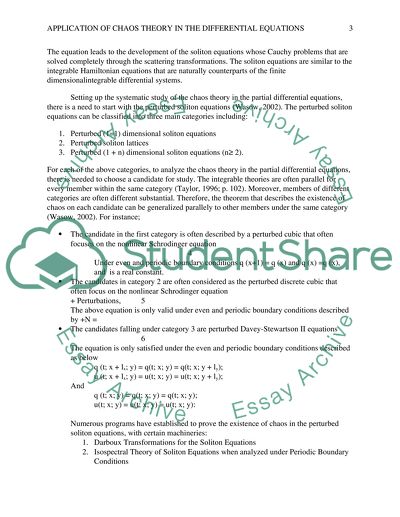Cite this document
(“Chaos theory Applications to PDEs (geometry design) Essay”, n.d.)
Chaos theory Applications to PDEs (geometry design) Essay. Retrieved from https://studentshare.org/mathematics/1466530-chaos-theory-applications-to-pdes-geometry-design
Chaos theory Applications to PDEs (geometry design) Essay. Retrieved from https://studentshare.org/mathematics/1466530-chaos-theory-applications-to-pdes-geometry-design
(Chaos Theory Applications to PDEs (geometry Design) Essay)
Chaos Theory Applications to PDEs (geometry Design) Essay. https://studentshare.org/mathematics/1466530-chaos-theory-applications-to-pdes-geometry-design.
Chaos Theory Applications to PDEs (geometry Design) Essay. https://studentshare.org/mathematics/1466530-chaos-theory-applications-to-pdes-geometry-design.
“Chaos Theory Applications to PDEs (geometry Design) Essay”, n.d. https://studentshare.org/mathematics/1466530-chaos-theory-applications-to-pdes-geometry-design.


